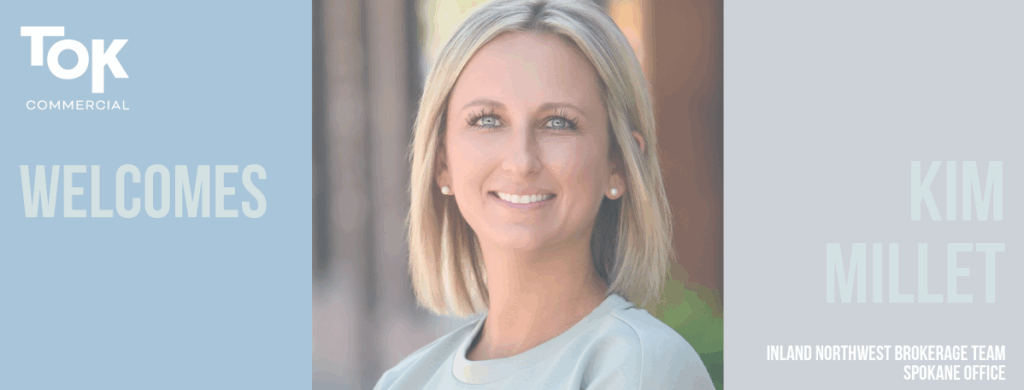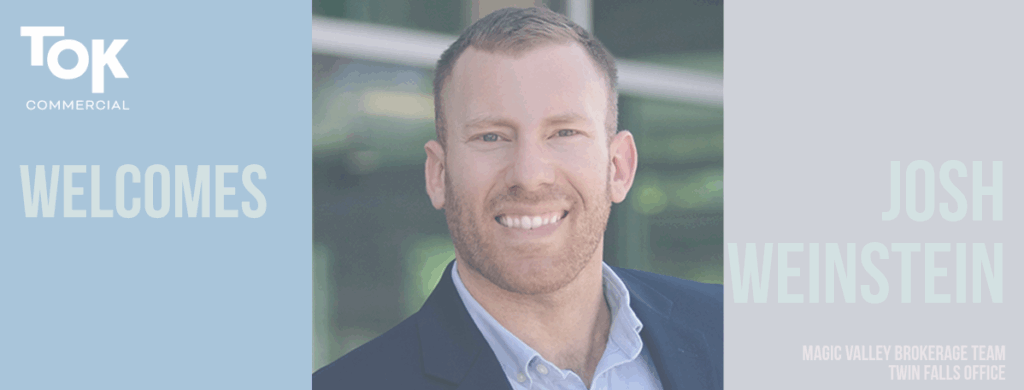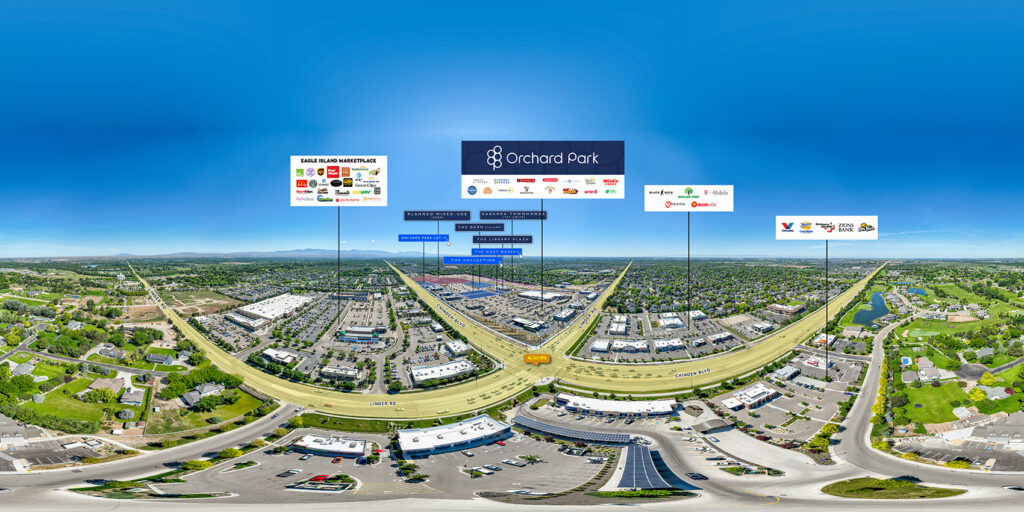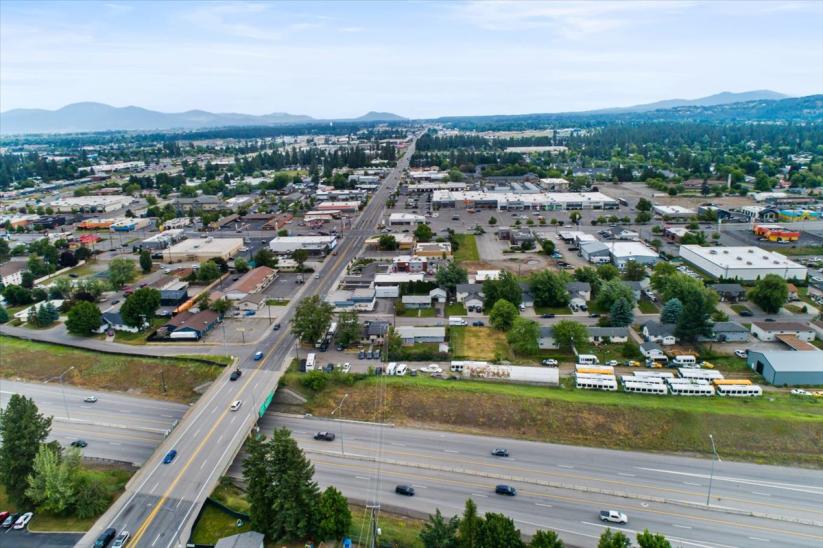Media Update: TOK Commercial Welcomes Kim Millet to Inland Northwest Team

[Spokane, Washington] – TOK Commercial is pleased to announce the addition of Kim Millet to its Inland Northwest brokerage team. Millet brings clients a wealth of experience and a unique perspective to the firm, following a successful career overseeing one of the largest private commercial real estate portfolios in the Inland Northwest and building strong relationships within […]
Media Update: TOK Commercial Welcomes Josh Weinstein to Magic Valley Team

[Twin Falls, Idaho] – TOK Commercial is excited to announce the addition of Josh Weinstein to the firm’s Magic Valley brokerage services team. Based in Twin Falls, Josh will be partnering with TOK’s accomplished team of commercial real estate professionals to deliver exceptional commercial real estate services throughout the Magic Valley, assisting property owners, investors, landlords, and […]
How TOK’s Revolutionizing Commercial Real Estate Marketing

Revolutionizing Commercial Real Estate Marketing with Interactive Aerial 360s at Orchard Park The commercial real estate (CRE) industry is in the midst of a digital transformation—one that is redefining how large-scale developments are marketed, understood, and leased. Nowhere is this evolution more evident than at Orchard Park in Meridian, Idaho, a vibrant mixed-use destination where […]
Spokane, We’ve Arrived!

We’re here, we’re growing, and we’re ready to make an impact. TOK is expanding into the Inland Northwest with a brand-new office in downtown Spokane! Our growth was recently spotlighted by the Spokane Journal of Business, and we couldn’t be more excited to bring our proven sales, leasing, and management expertise to a market on […]
TOK Commercial Welcomes Drew Ulrick

TOK Commercial is pleased to announce the addition of Drew Ulrick to the firm’s Inland Northwest brokerage services team. Mr. Ulrick is a highly accomplished industry professional and one of Spokane’s leading commercial real estate agents. His career spans over 11 years offering his clients exceptional market knowledge and representation capabilities. Mr. Ulrick has advised […]
Tok Commercial Announces New Partners for 2025

TOK Commercial is proud to announce the promotion of JP Green and Sam McCaskill to partners. This milestone reflects their outstanding contributions, dedication to client success, and organizational leadership. JP Green specializes in retail leasing, tenant representation, and investment sales. With deep industry expertise and a client-focused approach, JP has played a significant role in […]
The Future of Northern Idaho Real Estate

Northern Idaho has long held a captivating allure, especially with the picturesque background of the Selkirk Mountains and the world-renowned Lake Pend Oreille and Lake Coeur d’Alene. A northwest charm, coupled with vibrant communities and a relaxed lifestyle, fueled an increase in commercial real estate activity in recent years. But with a changing economic landscape, […]
Grayson Stone Awarded Prestigious SIOR Designation

[Twin Falls, Idaho] – TOK Commercial is pleased to announce that Grayson Stone has achieved the prestigious SIOR designation awarded by the Society of Industrial and Office REALTORS®. The SIOR designation is the highest accolade awarded to industrial and office commercial realtors. It signifies that Mr. Stone has met exceedingly stringent educational requirements and has demonstrated exceptional […]
